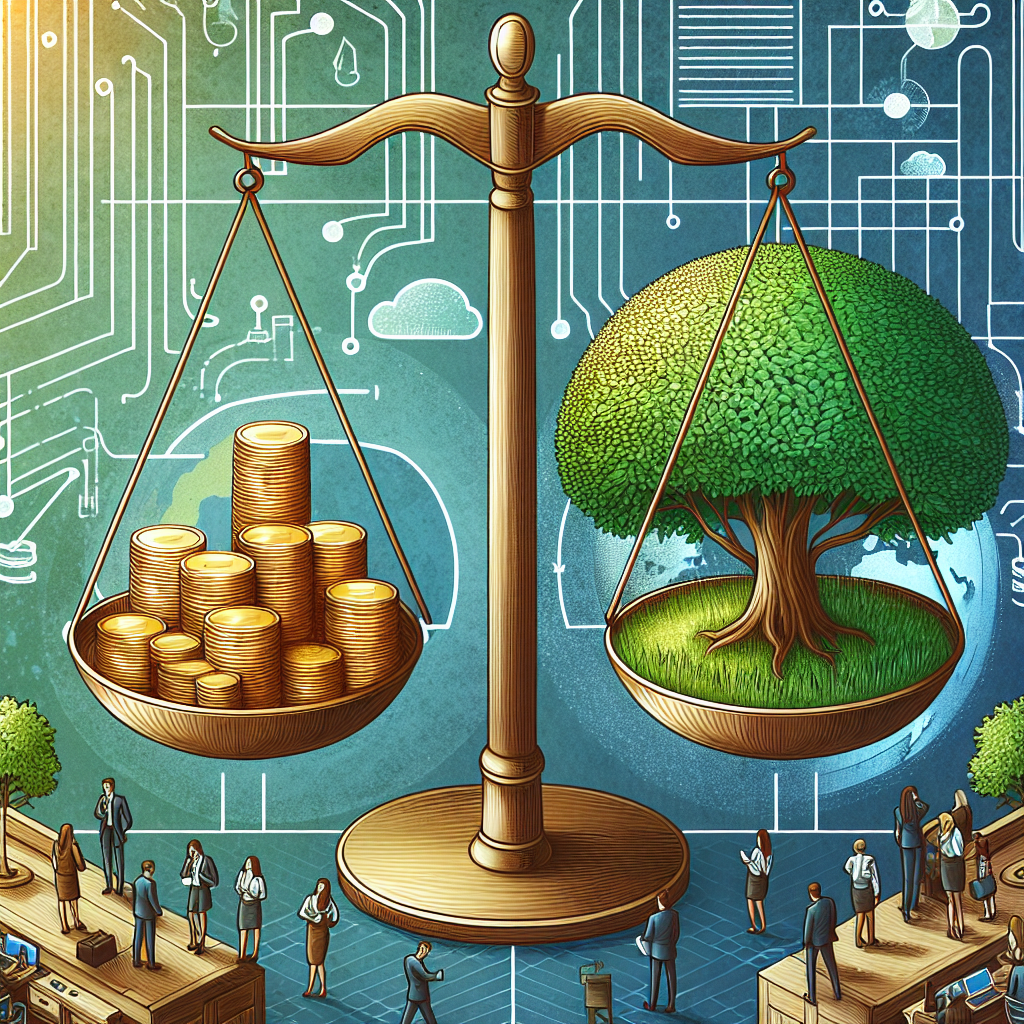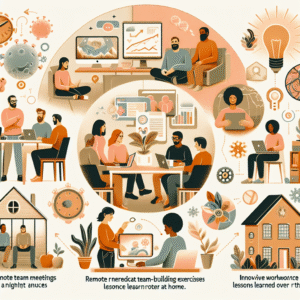Sustainable Business Practices: Balancing Profit and Purpose

Sustainable Business Practices: Balancing Profit and Purpose
In today’s evolving marketplace, businesses are increasingly expected to do more than simply generate profits. Consumers, investors, and employees all scrutinize companies for their impact on society and the planet. Sustainable business practices—those that balance profitability with social and environmental responsibility—have moved from the periphery to the heart of business strategy. But how can companies strike the right balance between profit and purpose to ensure long-term success?
What Are Sustainable Business Practices?
At its core, sustainability in business means operating in ways that do not deplete resources or harm ecological systems, while still delivering value to shareholders and stakeholders. Sustainable business practices can include reducing carbon emissions, minimizing waste, using ethical sourcing, investing in employees’ well-being, supporting communities, and demonstrating transparency and ethical governance.
The Business Case for Sustainability
Integrating sustainability is not merely altruistic; there’s a compelling business case for doing so:
- Risk Reduction: Environmentally sound and ethical practices reduce the risk of regulatory fines, supply chain disruptions, and reputational damage.
- Brand Loyalty: Consumers, especially younger generations, prefer brands that value social and environmental responsibility.
- Cost Savings: Energy-efficient operations, waste reduction, and streamlined supply chains can save money.
- Innovation: Focusing on sustainability can spark innovative products and solutions.
- Investment: Investors increasingly favor companies with strong ESG (Environmental, Social, and Governance) profiles.
Challenges to Balancing Profit and Purpose
Despite the benefits, balancing profit and purpose is not always straightforward. Sustainable initiatives can require upfront investment and changes in established processes. Short-term financial returns may not always be obvious, and stakeholders might have conflicting interests.
For example, switching to renewable energy or sustainable materials can be costly in the beginning. Changing suppliers for ethical reasons may affect pricing and logistics. Balancing different priorities—such as customer demands, shareholder expectations, and regulatory compliance—takes careful planning and communication.
Strategies for Sustainable Success
The following strategies can help integrate sustainability into your business model without sacrificing profitability:
- Set Clear Goals: Define what sustainability means for your business. Set measurable goals—reduce emissions by a target percentage, achieve zero waste to landfill, ensure all suppliers meet certain standards, etc.
- Engage Stakeholders: Consult customers, employees, suppliers, and the community. Involving them in your sustainability journey increases buy-in and identifies potential risks or opportunities.
- Start Small, Scale Fast: Pilot programs allow you to test new ideas on a small scale before wider adoption, minimizing risk and allowing for refinement.
- Report and Communicate: Transparency is critical. Regular reporting on progress toward sustainability goals builds trust with both internal and external stakeholders.
- Look for Win-Win Opportunities: Seek out actions that deliver sustainability benefits and direct financial savings, such as energy efficiency initiatives or redesigning products with less packaging.
Examples of Companies Getting It Right
Many businesses, large and small, are leading the way in sustainable practices:
- Patagonia: This outdoor apparel company builds its brand around environmental stewardship, using recycled materials and donating 1% of sales to environmental causes, without sacrificing profitability.
- Unilever: Unilever’s Sustainable Living Plan, with initiatives such as reducing waste and improving health, not only boosted the company’s public image but also its long-term growth.
- Interface: Once a traditional carpet manufacturer, Interface reinvented itself with a goal to eliminate any negative environmental impact by 2020. The company adopted closed-loop manufacturing and reduced carbon emissions while maintaining strong financial performance.
The Future: Profit With Purpose
Sustainability is no longer a “nice to have”, but a necessity for enduring success. As stakeholders demand more accountability, integrating sustainable business practices is crucial for mitigating risks, seizing new opportunities, and building resilient operations.
Balancing profit and purpose is not about choosing one over the other. It’s about realizing that long-term profitability depends on addressing societal and environmental challenges. By aligning your business with these broader concerns, you ensure not only a healthier planet, but a thriving, future-ready company.
Is your business ready to take the next step in sustainable success? The journey begins today.
* The post is written by AI and may contain inaccuracies.


